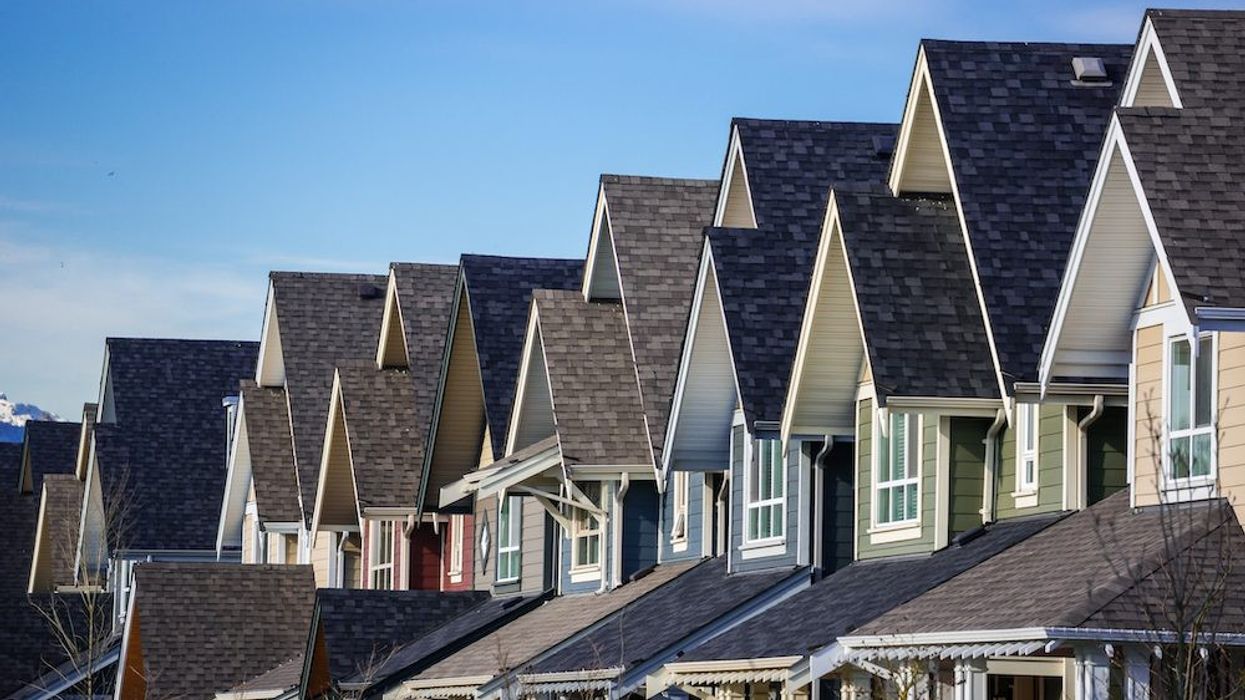Compared to the pandemic-induced frenzy of the last two years, the 2022 housing market has been considerably tame; higher interest rates and priced-out buyer fatigue have made their mark, leading to a 47% plunge in transactions in July, according to the Toronto Regional Real Estate Board (TRREB). Year to date, a total of 51,200 homes have sold; that’s 27,369 fewer -- or 34.4% below -- levels from the first seven months of 2021.
Toronto realtor and chartered accountant Scott Ingram says that while last year set an all-time record for sales (2021 smashed 2016’s previous record by 7.7%), that transactions have fallen so steeply is noteworthy from a historical perspective.
In fact, he says, a year-over-year decline of this magnitude has only been seen twice before in the last 34 years: when annual sales declined in 1989 by 21%, and then again in 1990, when they dove by 31%.
Overall, Ingram estimates total sales volumes for 2022 could clock in at 78,900 -- the second-lowest since 2018. “If it drops below that then you're probably looking at [the] worst sales since 2008 (74.6K),” he writes in a Tweet.
The big question, he tells STOREYS, is just how long the current downturn will be sustained.
“It’s interesting with this slowdown here,” he says. “To me it’s either, is this going to be like an early 90s thing, or is this going to be 2017 or 2008 where there was sort of a pause? People took their foot off the gas for sure for several months, but then things swung back in 2017, whereas the 90s one was a lot more severe, as far as prices go.”
A Not-So-Nostalgic Throwback
There are a few similarities between today’s market and that of the late “greed decade”; Ingram points out that like 2021, 1988 was a record year, second only to ‘86 in terms of sales volume, with 49,000 transactions. Sales then fell to 39,000 in ‘89 and down to 26,800 in ‘90 (the lowest since 1982), before bouncing back up to 38,000 deals the following year.
Like today, the cost of borrowing was also a factor; the Bank of Canada was well into its infamous double-digit hiking cycle of the late 80s and early 90s, with its Bank Rate rising from 8.7% at the start of ‘88 to 11.2% by January ‘89. That skyrocketed to a high of 14.05% in May of 1990 before moderating back down to 11.7% by the end of that year.
Taking this year’s rate hikes and soaring inflation into account, homebuyers are struggling with many of the same challenges as those in the early noughties; a recent RBC affordability index measure revealed market conditions are the worst they’ve been in a generation, harking back to that same 80s and 90s time period.
READ: Sorry, But Even a Canadian House Price Crash Won’t Making Housing More Affordable
“For that affordability thing to come back into whack, there’s only three things [that can help]: either incomes have to come up, or prices or interest rates have to go down,” says Ingram. “But incomes are not going to climb quickly, that’s for sure -- so one of the other factors have to give and right now, that’s looking like price.”
According to the most recent data from the Toronto Regional Real Estate Board, GTA home prices are starting to soften from last year’s levels; aggregate price growth in the region flattened last month, with some local markets -- and home type segments -- showing steeper dollar declines.
A Return to Balance
The silver lining, Ingram says, is that the market is enjoying greater balance than it has in some time. While there’s definitely a “wait and see” sentiment among today’s buyers, and many sellers have expressed intentions to wait until the fall to list, the region’s sales-to-new-listings ratio (SNLR) has stabilized in the 40% range, indicating a balanced market.
Ingram says this indicates the market is finally starting to normalize from a seasonal perspective following the pandemic, and says conditions could pick back up again come fall.
“There’s always a fall market, especially for houses; they’re a bit more seasonal than apartments,” he says. “I think this year you may get that normal seasonality, and it looks like we are back to regular seasonal patterns. COVID shifted stuff out of whack for a while, but I think this year you’re going to be getting the regular stuff coming out in the fall.”





















